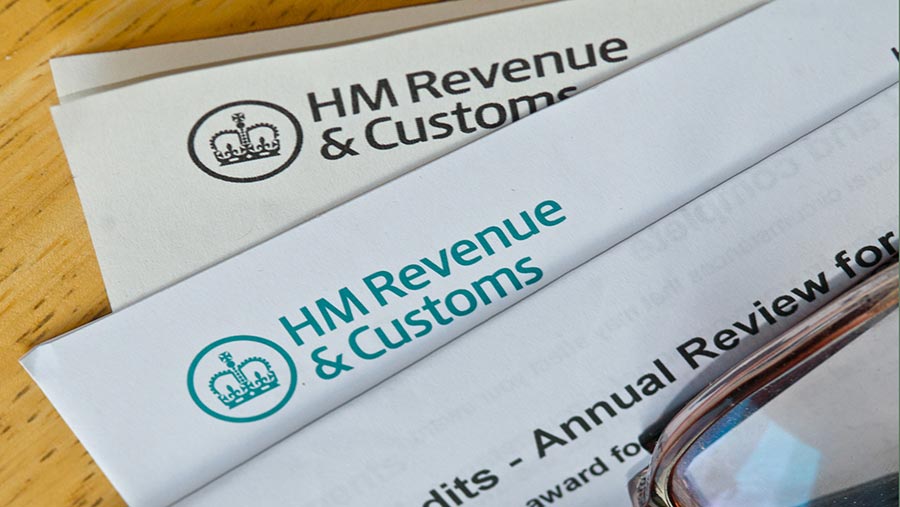Business Clinic: Keep farming to maximise IHT relief
 © David Cole/Rex/Shutterstock
© David Cole/Rex/Shutterstock Whether you have a legal, tax, insurance, management or land issue, Farmers Weekly’s experts can help. Here Sam Kirkham, partner at accountant Albert Goodman, explains the value of IHT reliefs.
Q. I am an ageing farmer with no family and want to do less farm work or perhaps retire. However, my advisers say I need to keep farming to reduce the inheritance tax liability on my death. Please advise.
Farming land yourself provides generous reliefs from inheritance tax (IHT) through both Agricultural Property Relief (APR) and Business Property Relief (BPR).
IHT is the tax paid, at a rate of 40%, on the value of assets owned on death and can result in very substantial tax bills. However, no IHT is due on the first £325,000 (the nil-rate band or NRB) of any estate.

Sam Kirkham, partner, Albert Goodman
APR and BPR reduce the value of the assets chargeable to IHT by either 50% or 100%, depending on how the business is structured and how the farm is owned.
APR is only available on the agricultural value of property that is occupied for the purposes of agriculture – for any further relief reliance is then placed on BPR.
These technicalities mean it is often beneficial to be farming land in-hand rather than renting the farm out.
See also: Should a farm business trade as a limited company?
Many farmers assume and rely on APR being available to them, but there are numerous pitfalls:
1. Land let on a tenancy granted before 1 September 1995 may only qualify for 50% relief.
2. Where property is no longer occupied for the purposes of agriculture – for example, a farm shop, horse livery yard, campsite or a renewable energy project – APR will not be available.
3. Where the property is used for the purposes of agriculture but the market value is more than agricultural value – for example, land or buildings with development potential – APR is only available on the agricultural value.
4. For BPR to apply on points 2 and 3 above, the relevant assets must be used in the owner’s business and that business must be wholly or mainly a trading business – if it is mainly letting out properties, BPR will be denied.
HMRC is more frequently challenging farming arrangements when land is farmed under the terms of a grazing agreement, contract farming or share-farming agreement.
If HMRC successfully argues that the terms of the agreement and/or the activities performed by the parties mean the landowner is not farming, the landowner will need to have owned the land for seven years to obtain APR and BPR will not be available. Furthermore, APR would be denied on the farmhouse.
Achieving APR on farmhouses is problematic and complicated. Each case depends on the individual circumstances, including who occupies the house, what they do in relation to the farm and what the characteristics of the house in relation to the land are.
In the last budget an additional NRB for the family home was announced. This will apply to one property which was a residence of the deceased and where it is passed on death to direct descendants.
The relief will initially be set at £100,000 in 2017-18, rising to £175,000 by 2020-21.
However, there will be tapered withdrawal of this additional NRB for estates with a net value of more than £2m and there will be no benefit for those with no children or grandchildren, or who do not leave the home to direct descendants.
Therefore to benefit from this additional NRB, families will need well-researched plans drawn up and then, where appropriate, reflected in revised wills.
For those wishing to semi-retire and to continue to be actively involved in the management of the farming, a well-structured and recorded farming arrangement with another farmer could still be effective in preserving their “farmer” status for tax.
Those wishing to fully retire should consider gifting assets which currently qualify for APR and BPR, but would become chargeable after retirement and consequent loss of “farmer” status – for example, land and buildings with development potential, the farmhouse and other non-agricultural assets.
Timing of such gifts and ensuring the donor ceases to use or enjoy the benefit of the assets after the gift are crucial.
The donor would need to survive seven years after the date of gift for the assets to fall out of the IHT net, other than if the recipient of the assets continues to farm and use the assets in their business, whereby relief may still be available.
Do you have a question for the panel?
Outline your legal, tax, finance, insurance or farm management question in no more than 350 words and Farmers Weekly will put it to a member of the panel. Please give as much information as possible.
Send your enquiry to Business Clinic, Farmers Weekly, RBI, Quadrant House, The Quadrant, Sutton, Surrey SM2 5AS.
You can also email your question to fwbusinessclinic@rbi.co.uk or post it on the Farmers Weekly website.

